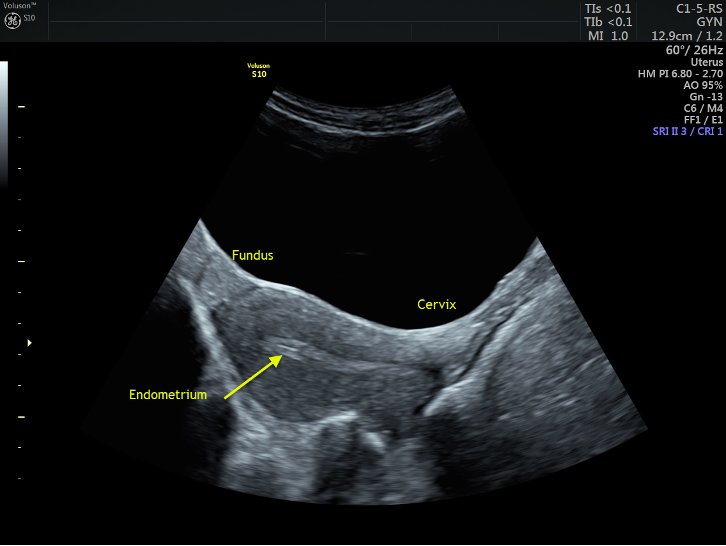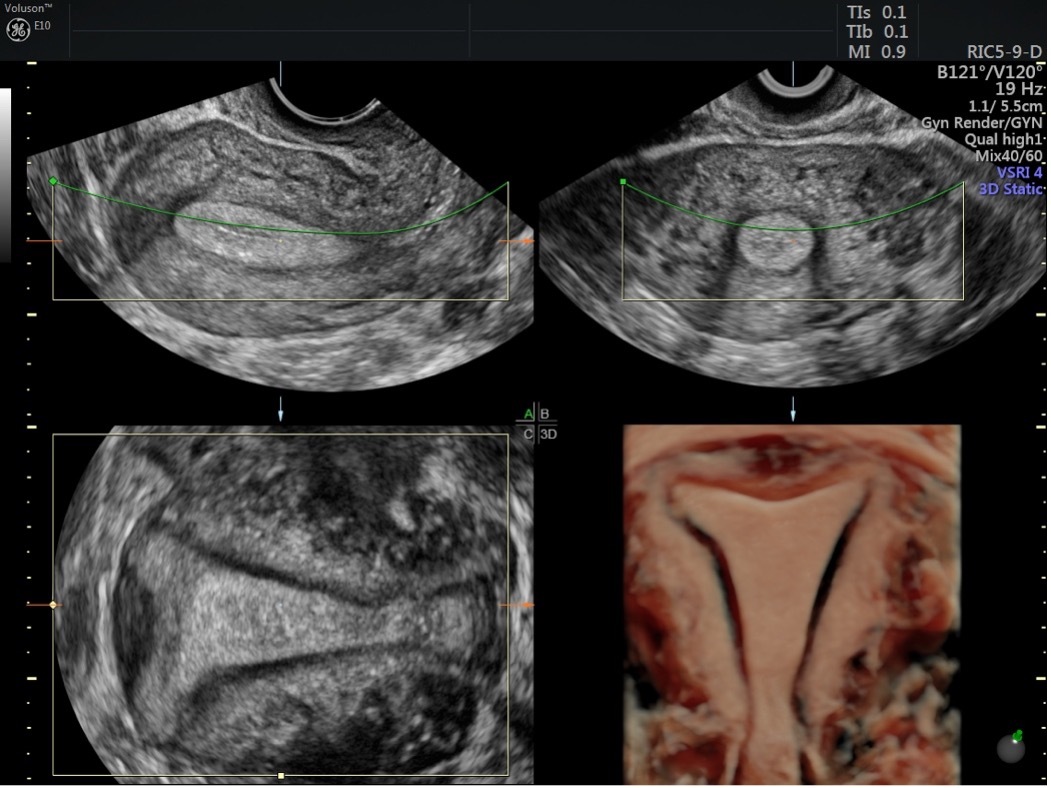The care of adolescent patients poses a unique challenge to healthcare providers of all specialties. In gynecology, caring for this patient population may prove especially difficult. Adolescent GYN care, including gynecological exams, must be addressed in a way that encourages comfort, honesty and compliance with treatment recommendations.
Connecting with adolescent patients is crucial for providing the best care possible, especially when it comes to issues like human papillomavirus infection prevention. Encouraging these young patients to open up and develop a trusting relationship with their providers is essential for their continued health and wellness.
Making Appointments More Comfortable
According to Tufts Medical Center Community Care, visits with a gynecologist should begin at age 15, provided the patient has no previously diagnosed gynecological conditions. Young patients tend to be nervous about their first gynecological exams: They may not know what to expect, and could be embarrassed by a physician's questions or scared of certain procedures.
Consider making an initial visit as simple as a conversation about sexual health and reproductive choices. It can be tremendously helpful to explain prior to the visit that the patient will not be examined physically; instead, let adolescents know the purpose of their first appointment is for you to get to know them and answer any questions they may have about their health.
Asymptomatic adolescent patients generally do not need an internal exam until regular Pap smears begin at the recommended age of 21, according to the American College of Obstetricians and Gynecologists (ACOG). Pelvic exams are not necessary before prescribing contraception, nor should they be a barrier to providing a young person with contraceptive options.
Developing an Honest, Open Relationship
In order to develop a relationship that is beneficial to both you and your patient, it is essential to adopt a nonjudgmental, considerate approach to adolescent health issues. Often, adolescents are hesitant to seek out care for issues they feel are embarrassing. Alternatively, teens may be concerned about the possibility of being noticed by friends or family members at the OB/GYN clinic.
Beyond sharing important information, gynecologists should ensure complete patient privacy during any visit with an adolescent. This privacy extends to parental involvement, unless you determine a patient may be at risk of imminent danger or in circumstances that place their mental or physical health in jeopardy. It can also be helpful to educate adolescent patients about any legal confidentiality restrictions you may face as their gynecological provider.
A one-on-one conversation between healthcare providers and their adolescent patients often reveals more information than when a parent is present in the examination room. According to the U.S. Department of Health and Human Services, these types of conversations help you screen for and discuss sensitive health issues, including a history of sexual activity and number of partners. Keep in mind that a parent may try to dominate conversations, even though you, as a provider, are also in a position of authority.
What to Do About Parents
According to ACOG, state law often prevents healthcare providers from discussing an adolescent patient's health or examination results without their consent. But laws do vary from state to state, and it is important for you to be familiar with the local regulations governing your practice. Privacy laws for minors who are under the care of an adult can be particularly complex.
Before meeting your patient, it may be beneficial to discuss patient privacy and confidentiality with parents and guardians. This discussion should ideally take place in two parts: separately from the adolescent with only provider and guardian, then together with the patient and parent in the same room. Let parents know that you will not be able to discuss certain health concerns, such as substance abuse problems, if the patient does not want these issues shared.
You should also mention that the parent is free to share any concerns they may have about their child's health, but that visits with an adolescent should be conducted without anyone else in the room. Explain that your patient is likely to feel more relaxed about discussing sensitive issues without a parent present, which can help you deliver more precise care.
Ultrasound Guidelines for Adolescent Patients
If a young patient has symptoms such as unexplained vaginal bleeding or dysmenorrhea, ultrasound screening may be indicated. Ultrasound can often provide a comparable level of detailed information about an adolescent's reproductive health as more intrusive diagnostic methods such as laparoscopy.
According to the Society and College of Radiographers and the British Medical Ultrasound Society, initial gynecological examinations should be performed using either transabdominal or transvaginal techniques. Beginning with a transabdominal approach allows you to obtain critical information without the invasiveness of the transvaginal approach, and is an especially useful option for young patients with vaginismus.
Unlike younger children, adolescents should generally understand the purpose of ultrasound. You should still explain the procedure and answer any questions your patient may have beforehand, but adolescent patients may decline to touch and examine your equipment as a younger child might.
Compared to 2D ultrasound, 3D ultrasound provides additional information about internal structures. The addition of the coronal plane allows physicians to access a view not achievable on standard 2D ultrasound helping to visualize the unique features of each patient's anatomy.

Transabdominal ultrasound of midline sagittal view of uterus

3D, multiplanar reconstruction of the uterus demonstrating coronal view
Global Considerations Toward Adolescent Patients
Many of the struggles adolescents face in the United States are mirrored by those teens tackle in other parts of the world. The World Health Organization notes that globally, adolescent patients may not seek out care from healthcare professionals if it could get them in trouble with their parents. Adolescents may be more likely to attempt to deal with gynecological problems themselves, or turn to close friends or siblings for help and advice.
In order to make healthcare services more friendly toward adolescent patients, providers must first recognize potential barriers that may prevent teens from receiving the care they need. Gynecologists must be nonjudgmental toward this patient population while ensuring their information and concerns are kept confidential. Healthcare providers must also help adolescents become more aware of the services they provide, including supporting community efforts to boost awareness of the unique needs of this patient demographic.
Research in the Journal of Primary Care and Community Health indicates that adolescents engage more with healthcare services when they feel supported and empowered by their care providers. Developing an open, trusting relationship with your adolescent patients takes time, but doing so will help you provide the best care possible.
Meet young patients where they are: listen to their concerns, ask thoughtful questions, provide honest answers and use tools like ultrasound to obtain diagnostic information without the need for more invasive procedures. By establishing a safe space for gynecological care, you can help set these young patients up for continued good health throughout the rest of their lives.


